The Big Picture: 8 Ways To Future-Proof Your Teaching
Education is both tired of change, and evaporating without it. Here are ways to future-proof your teaching to ‘evolve smarter,’ not ‘harder.’
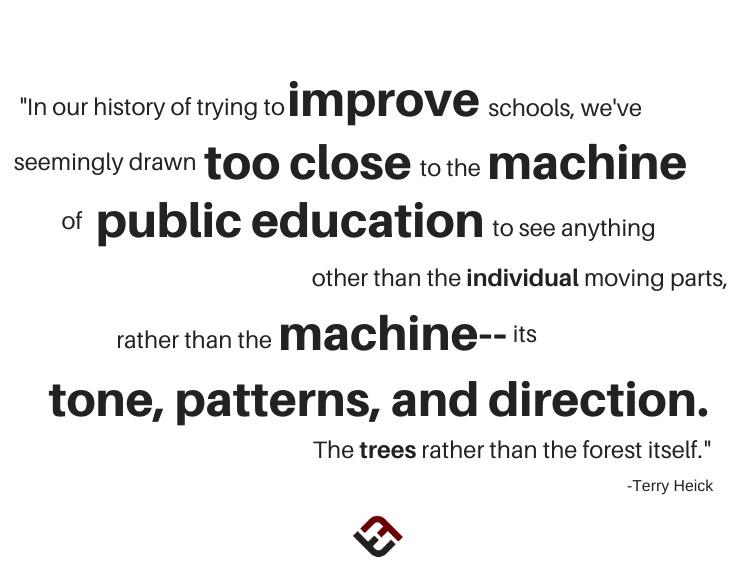
Education is both tired of change, and evaporating without it. Here are ways to future-proof your teaching to ‘evolve smarter,’ not ‘harder.’
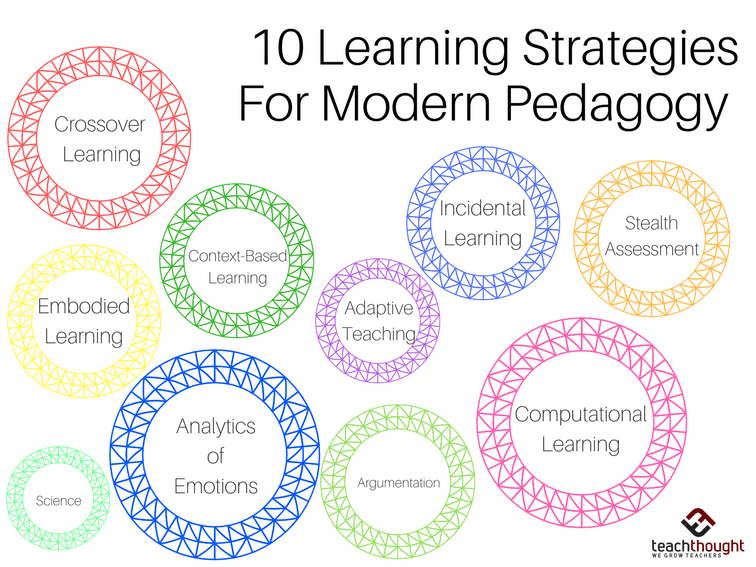
Learning strategies for modern pedagogy include crossover learning, computational thinking, and learning through argumentation.
As students navigate education, they’re craving chances to make their mark on the world. Here are ways to help them get started with activism.
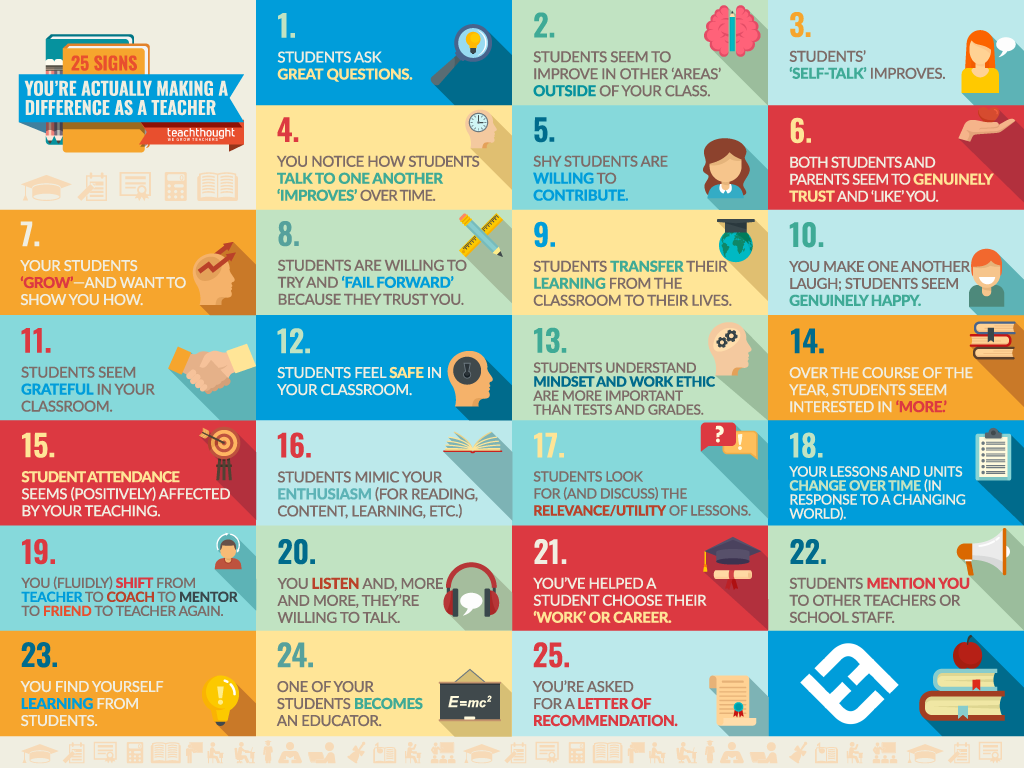
Teachers are given bar graphs on tests to show if they’re actually making a difference but there are other data points you should consider.
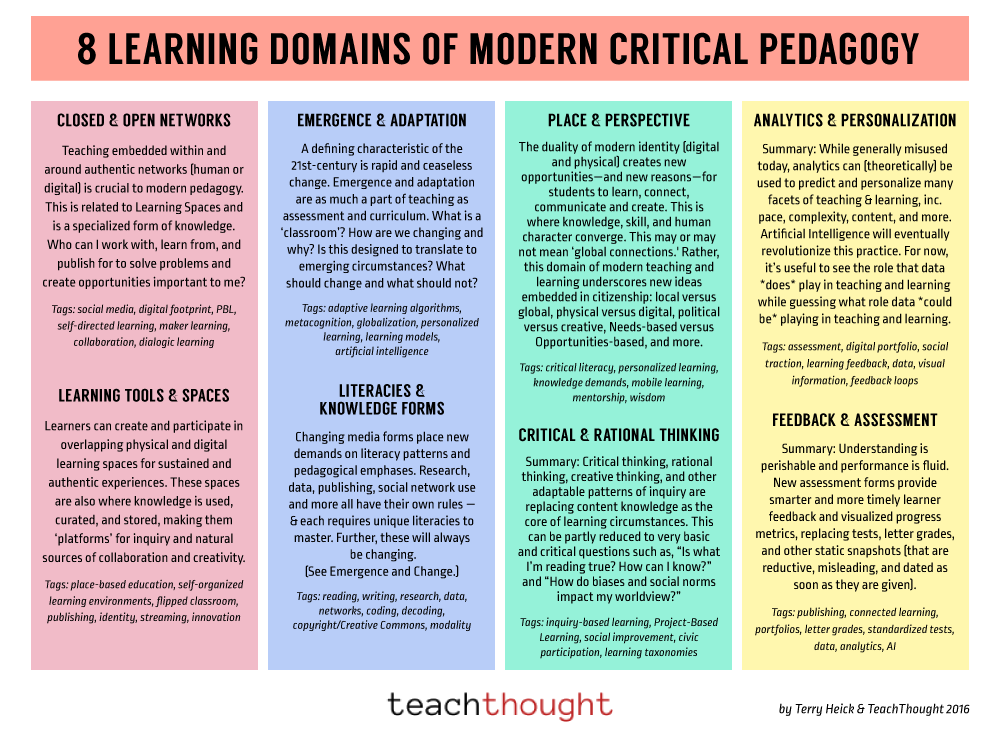
How has teaching changed? What is 21st century pedagogy? Key elements include analytics, personalization, place, and perspective.
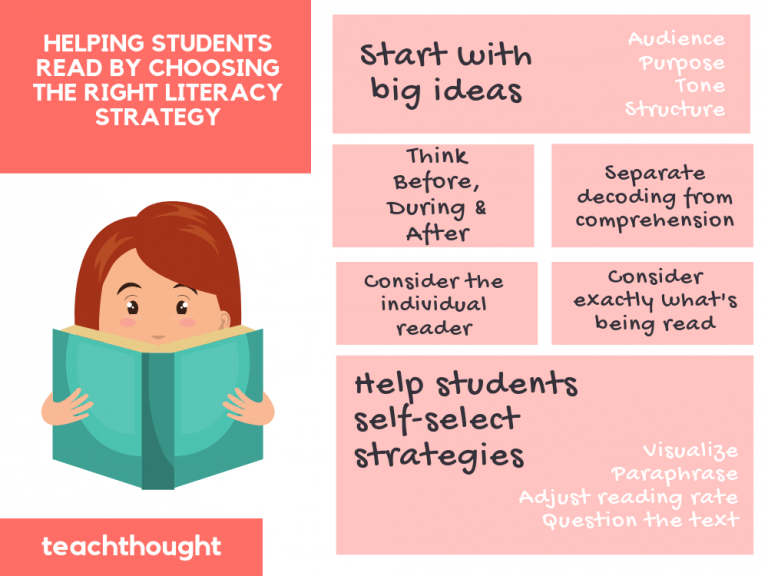
Start with the big ideas of written communication: Who (author) is saying what (theme/main idea, etc.) to whom (audience)?
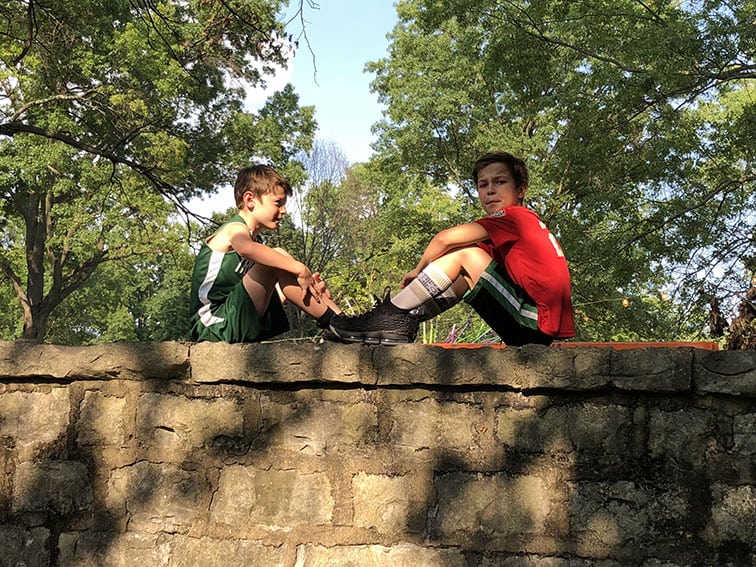
All of this money and effort is the kind of energy that keeps education going. But ‘keeping it going’ is also kind of the problem.
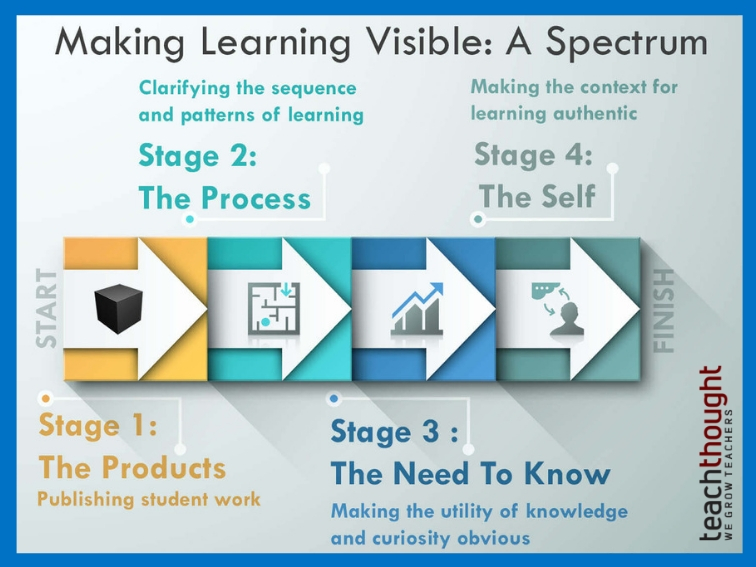
As we make learning visible, the process and sequence of learning is illuminated. This helps students see understanding as always evolving.
Speech and language is one area of educational apps that has exploded with smashing success. Here are 6 options to try out for iOS.
The coronavirus and the consequent lockdowns have forced the world to adapt in a multitude of ways–eLearning among them.
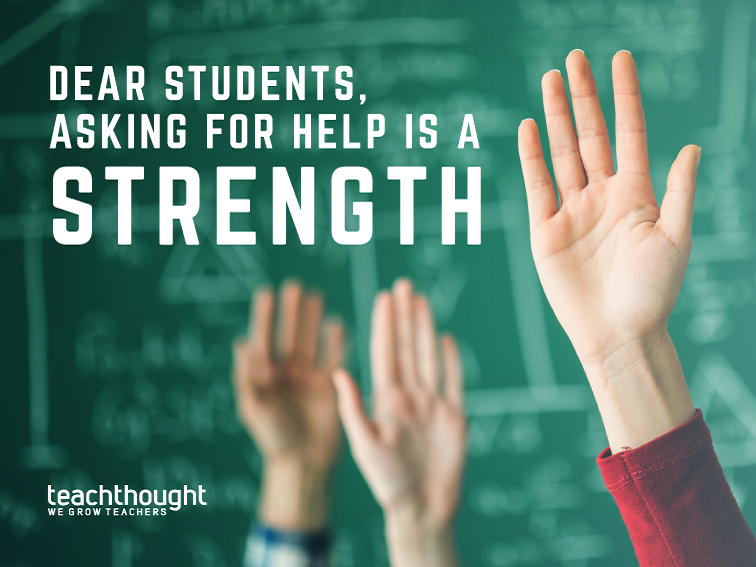
Help students understand that ‘help’ is the norm in the creative, scientific, and professional world. Asking for help is OK and necessary.
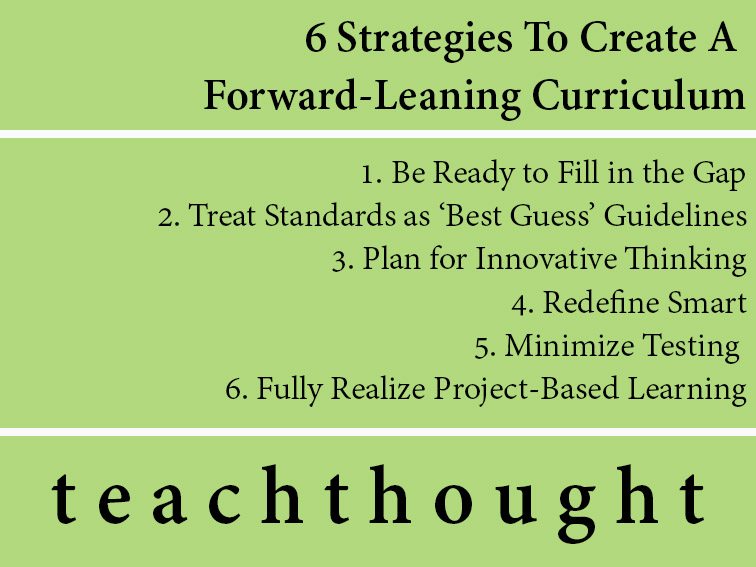
How do you create a forward-leaning curriculum? Situate non-judgment, openness, and empathy as the true keys to 21st century competency.
End of content
End of content